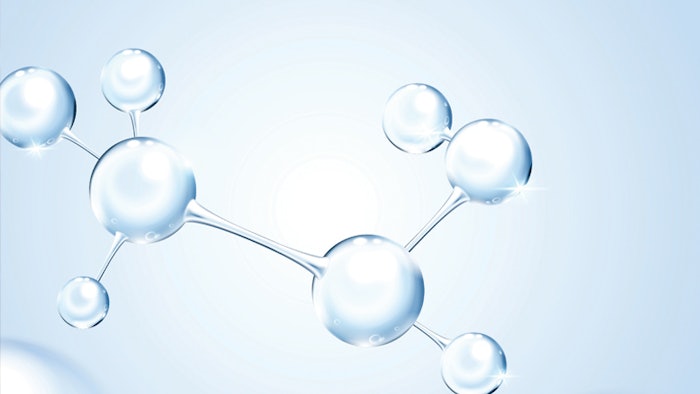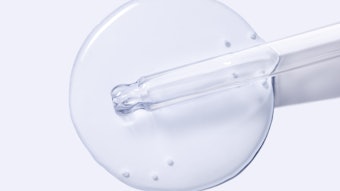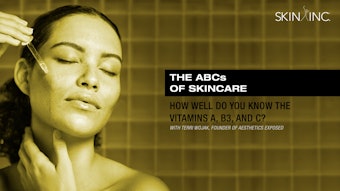
Don’t let the term hexapeptide intimidate you. Technically, a hexapeptide is a just peptide containing six, or hexa (Latin), amino acid groups.1 Other examples are pentapeptides (five), tetrapeptides (four) and tripeptides (three). The small size of hexapeptides has been touted by many sources to enable the penetration of the molecules into skin; the reported depth to which they penetrate varies among the sources.
Unraveling hexapeptides, these are composed of individual peptides having short chains (usually two to 50) of amino acids.2 As previously reported,3 peptides are native to practically all life forms and serve important biological functions, especially metabolism. They are also artificially synthesized in a multitude of configurations. Types of peptides include: plant, bacterial/antibiotic, fungal, invertebrate, amphibian and skin, venom, vaccine, immune/inflammatory, endocrine, opiate and blood-brain, among others.3
Delving deeper (stick with us, here), there are 20 naturally occurring amino acids that can be rearranged to create a vast array of peptides.4, 5 Amino acids can be dissected further, but suffice it to say, they are the building blocks of all proteins, including keratins, collagen and elastin – the most abundant fibrous proteins in skin.6 It’s no wonder why peptides have found utility in skin care.
Related: Breaking Down Ingredients and Protocols in Anti-Aging
History in Skin Care
The identification of peptides in general is attributed to the work of Emil Fischer between 1899-1908. Fischer worked with proteins to separate and identify their individual amino acids. He established a type of bond to connect them together in chains, namely the peptide bond, which led to dipeptides, tripeptides, etc. He was awarded the Nobel Prize in Chemistry in 1902.7
Specific to skin care, a review published in Frontiers in Chemistry reports peptides entered the cosmeceutical field in 1973 when it was proposed that the synthetic peptide GHK could act as a signal peptide to enhance collagen production and act as a carrier peptide when combined with copper.8
A study in Pharmaceuticals notes that peptides have been used in the cosmetics industry since the late 1980s, but grew in popularity around 2000-2010.9 One product manufacturer states the first time most beauty consumers heard about peptides was in 2006 in an Olay brand TV ad featuring celebrity beauty editor, Nadine Baggott. She reportedly told viewers, “Right now, I think the hottest anti-aging ingredients around are pentapeptides.”10
Continue reading about the skin benefits of hexapeptide in our August Digital Magazine...
Rachel Grabenhofer is the managing scientific editor of Cosmetics & Toiletries, Skin Inc.’s sister brand for cosmetic chemists. She’s a member of the Skin Microbiome Council and Society of Cosmetic Chemists, and for several years, led judging panels to honor the best ingredients in cosmetics.











